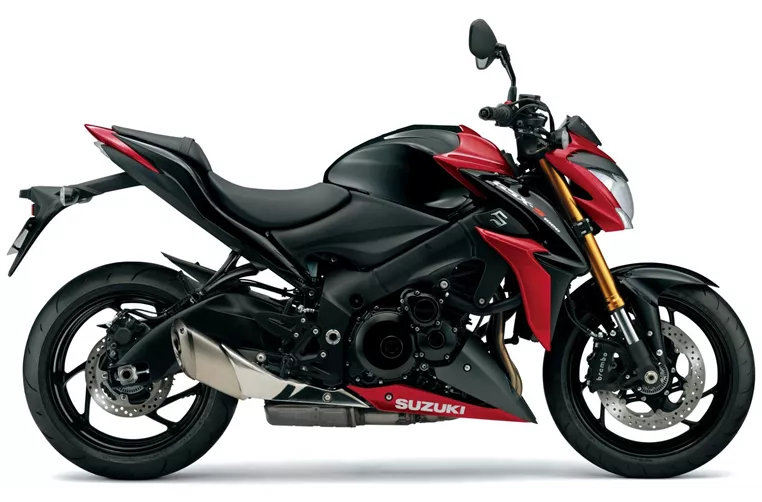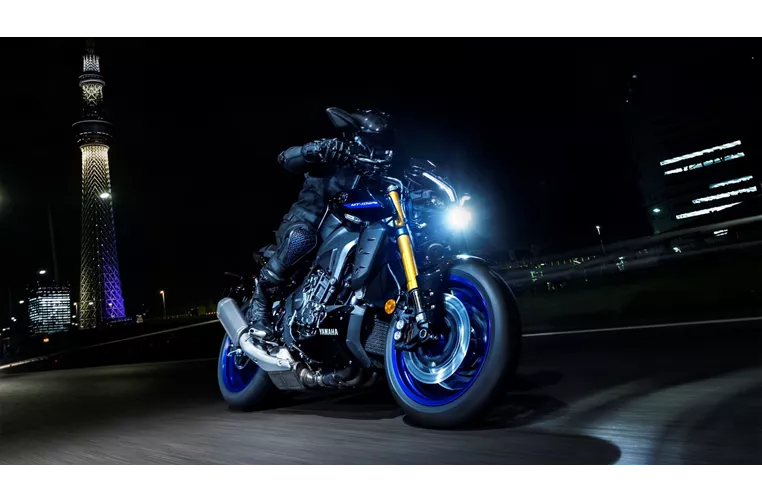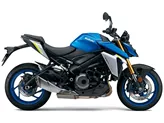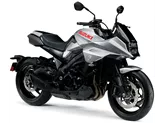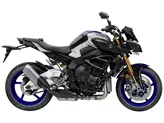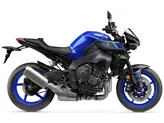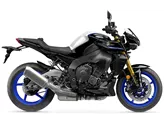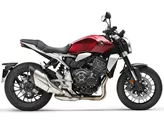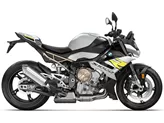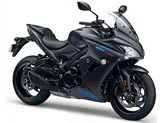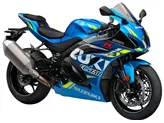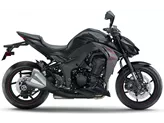Suzuki GSX-S1000 2018 vs. Yamaha MT-10 SP 2023
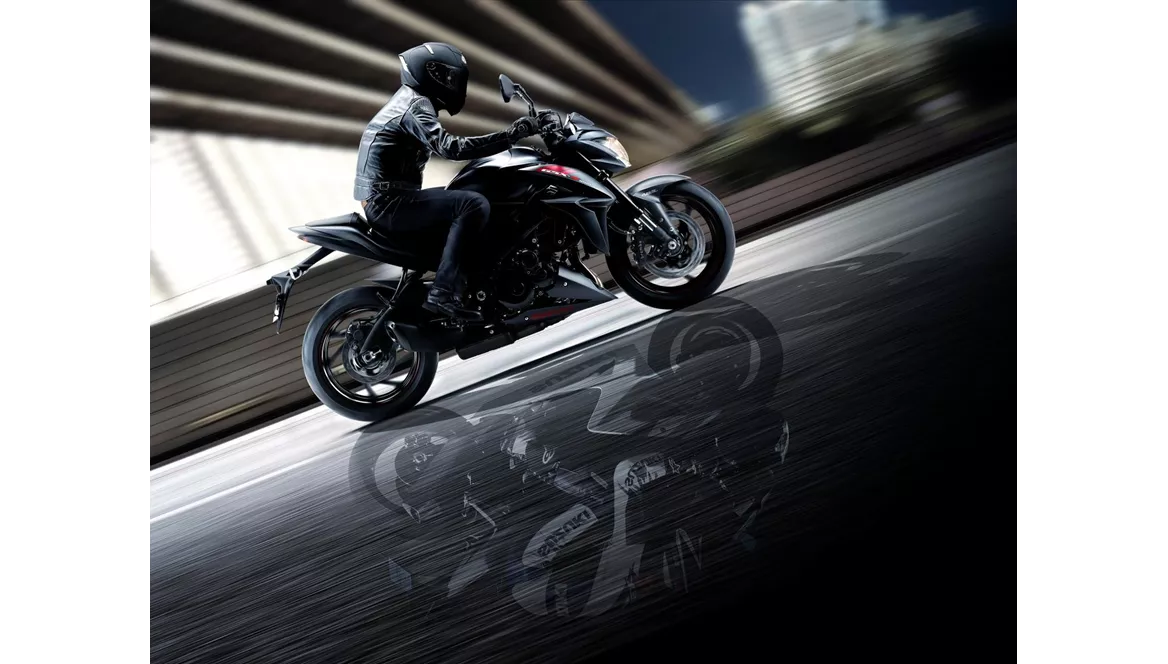
Suzuki GSX-S1000 2018
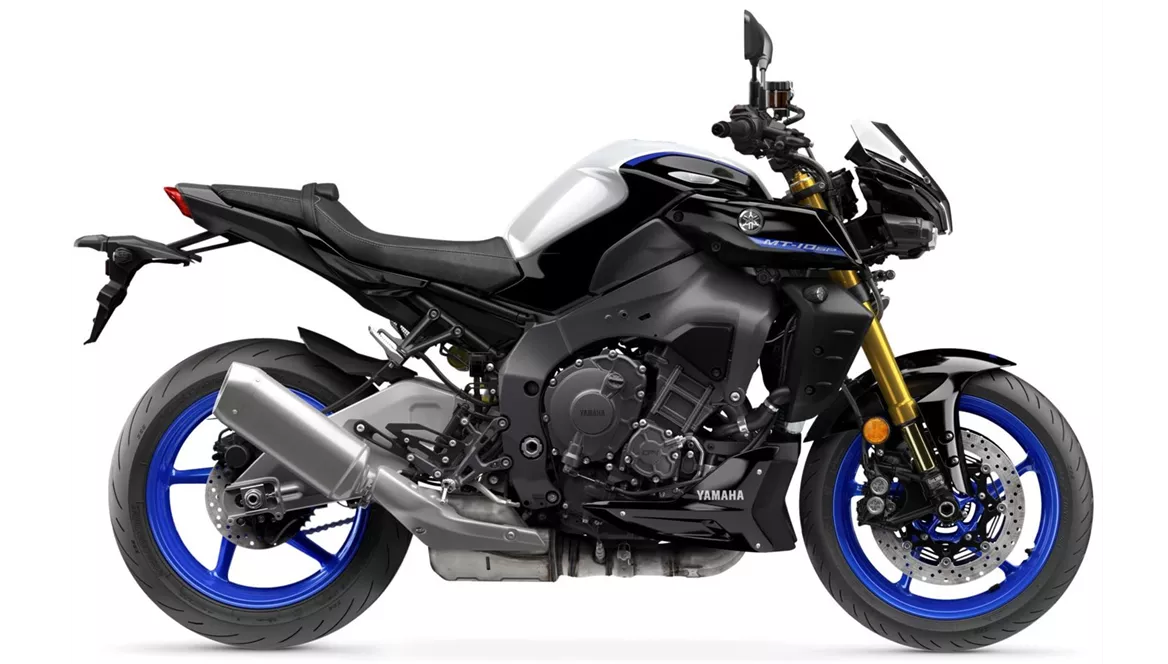
Yamaha MT-10 SP 2023
Overview - Suzuki GSX-S1000 2018 vs Yamaha MT-10 SP 2023
The Suzuki GSX-S1000 2018 and the Yamaha MT-10 SP 2023 are both naked bikes with similar engine types, power, torque, fuel systems, cylinders, cooling systems, and displacements. However, there are some notable differences between the two models.
In terms of suspension, both bikes feature upside-down telescopic forks at the front and swing arm suspensions at the rear. They also have adjustable suspension settings for compression, preload, and rebound. This allows riders to fine-tune the suspension to their preferences.
When it comes to the chassis, the Suzuki GSX-S1000 2018 has an aluminum frame with a twin tube design, while the Yamaha MT-10 SP 2023 features an aluminum frame with a Deltabox design. The Deltabox frame is known for its rigidity and lightweight construction, providing excellent stability and handling.
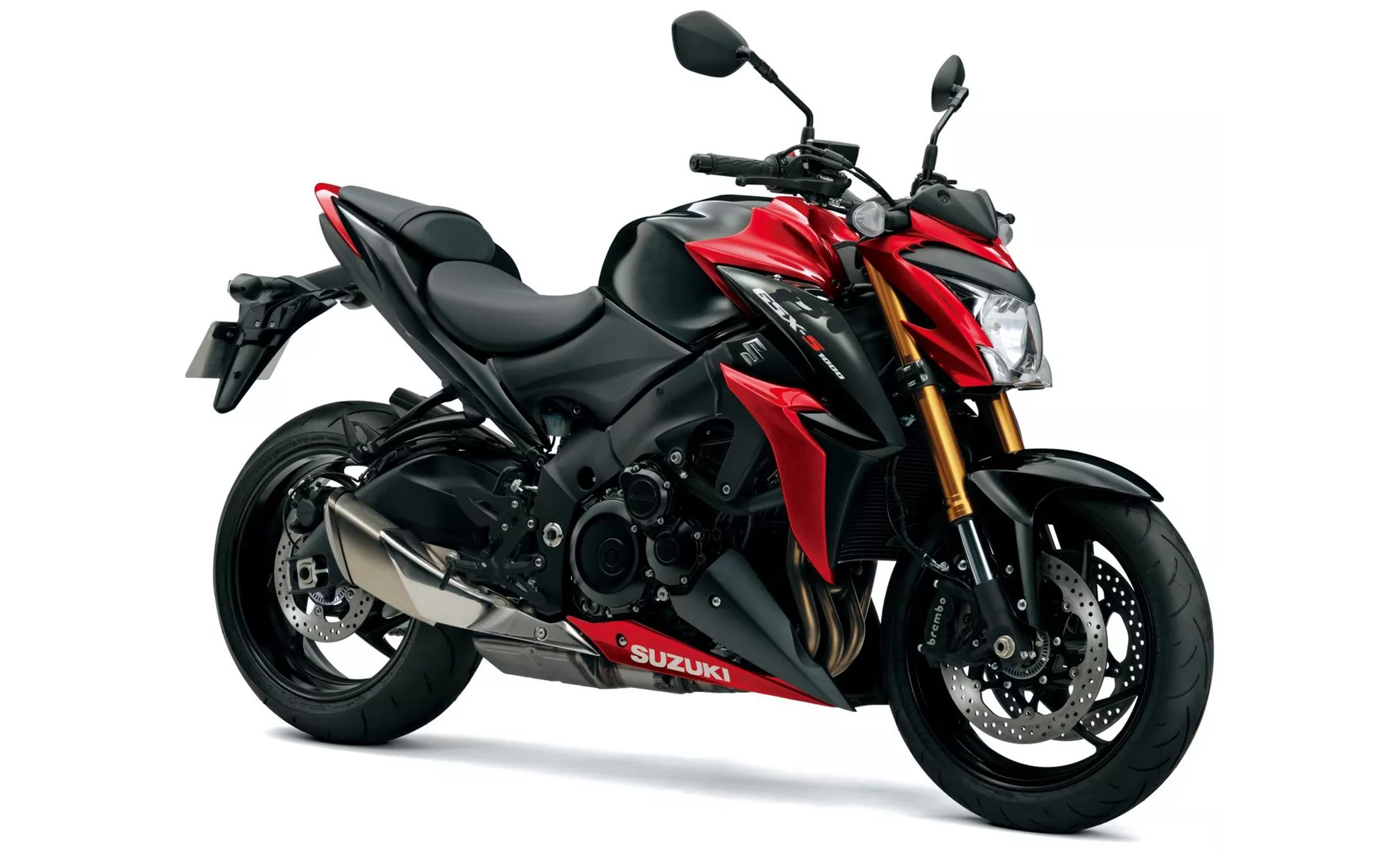
Suzuki GSX-S1000 2018
In terms of braking systems, both bikes have double disk brakes at the front with four pistons and radial technology. However, the Yamaha MT-10 SP 2023 has larger diameter disks (320mm) compared to the Suzuki GSX-S1000 2018 (310mm). This may result in improved braking performance for the Yamaha model.
When it comes to advanced rider assistance systems, the Yamaha MT-10 SP 2023 has a more extensive range of features. It includes ABS, electronically adjustable suspension, riding modes, cornering ABS, ride by wire, a shift assistant with blipper, cruise control, traction control, and anti-wheelie. The Suzuki GSX-S1000 2018, on the other hand, only has ABS.
In terms of dimensions and weights, the Yamaha MT-10 SP 2023 has a slightly shorter wheelbase (1405mm) compared to the Suzuki GSX-S1000 2018 (1460mm). The seat height of the Yamaha model is also slightly higher (835mm) compared to the Suzuki model (815mm). Additionally, the Yamaha MT-10 SP 2023 is slightly heavier with a kerb weight of 214kg compared to the Suzuki GSX-S1000 2018's 209kg.
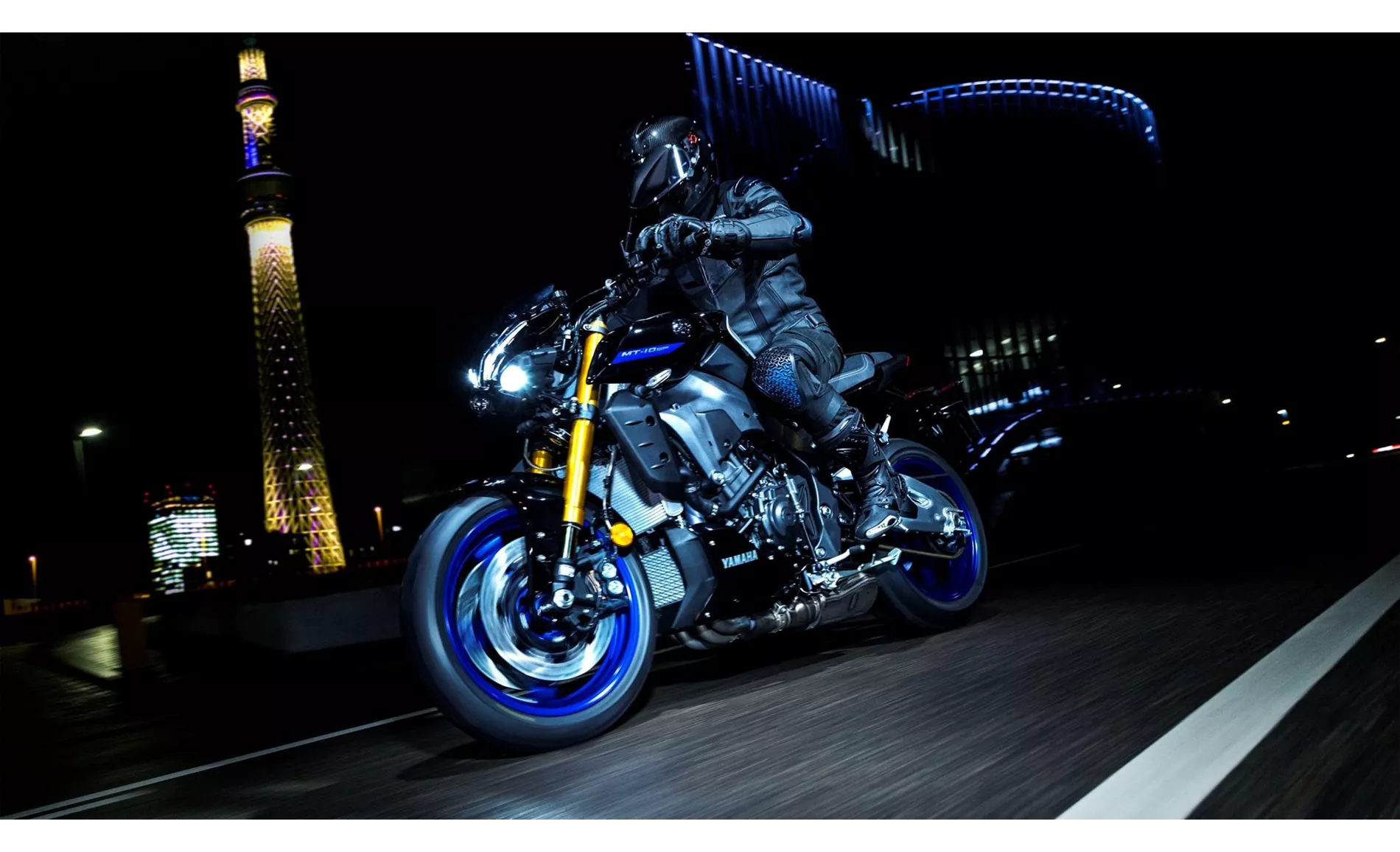
Yamaha MT-10 SP 2023
In terms of strengths, the Suzuki GSX-S1000 2018 is praised for its stable handling, sporty engine, attractive design, comfortable riding position, and dynamic yet serene ride. The Yamaha MT-10 SP 2023 is commended for its great ride comfort, balance between sportiness and practicality, fantastic engine response, practical chassis, high-quality frame, relaxed seating position, and appealing sound.
In terms of weaknesses, the Suzuki GSX-S1000 2018 is criticized for being a little jerky during gear changes and lacking a quickshifter with a blipper. The Yamaha MT-10 SP 2023 is noted to be too comfortable on a racetrack, with an inactive seating position, a slightly lumpy front appearance, and brakes that may seem undersized for a top model.
Overall, both the Suzuki GSX-S1000 2018 and the Yamaha MT-10 SP 2023 have their own strengths and weaknesses. The choice between the two will ultimately depend on the rider's preferences and priorities.
Technical Specifications Suzuki GSX-S1000 2018 compared to Yamaha MT-10 SP 2023
Pros and Cons in comparison
Pros and Cons in comparison
Suzuki GSX-S1000 2018
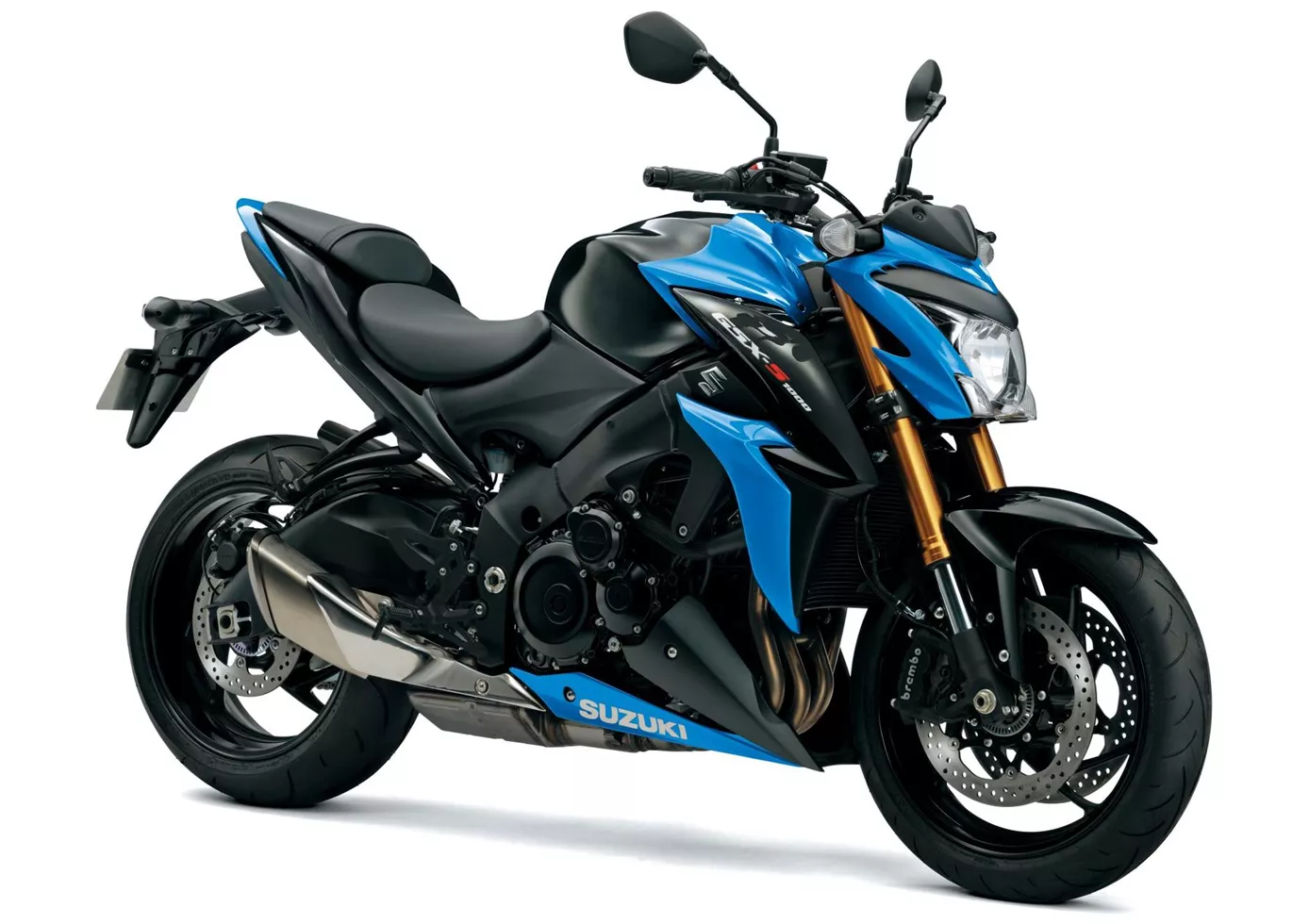
The GSX-S 1000 from Suzuki looks sexy, has a powerful sound and really smart hardware. It rides stably, easily and is also fun to ride on tours. If necessary, the engine smokes up violently. But it can also be moved mildly. Compared to the finest Powernakeds, it lacks individual features, but anyone who looks at the price tag will quickly realise: A great choice!
Yamaha MT-10 SP 2023

The MT-10SP is a beautifully made naked bike. It has placed the exact right ingredients in the right places. It rides comfortably and gets really fast when needed. Basically, it is designed as a country road bike, but is still fun on individual trackdays.
Price Comparison Avarage Market Price Suzuki GSX-S1000 vs Yamaha MT-10 SP
There are a few key differences between a Suzuki GSX-S1000 2018 and a Yamaha MT-10 SP 2023. In terms of price, the actual average price of a Yamaha MT-10 SP 2023 is about 85% higher. Compared to Yamaha MT-10 SP 2023 there are less Suzuki GSX-S1000 2018 bikes available on the 1000PS.de Marketplace, specifically 9 compared to 23. It takes less time to sell a Yamaha MT-10 SP with 72 days compared to 177 days for the Suzuki GSX-S1000. Since model year 2015 1000PS.de editors have written 36 reviews for the Suzuki GSX-S1000 and 18 reviews for the Yamaha MT-10 SP since model year 2017. The first review for the Suzuki GSX-S1000 was published on 27/09/2014 and now has more than 17,100 views. This compares to more than 28,600 views for the first review on Yamaha MT-10 SP published on 04/10/2016.
